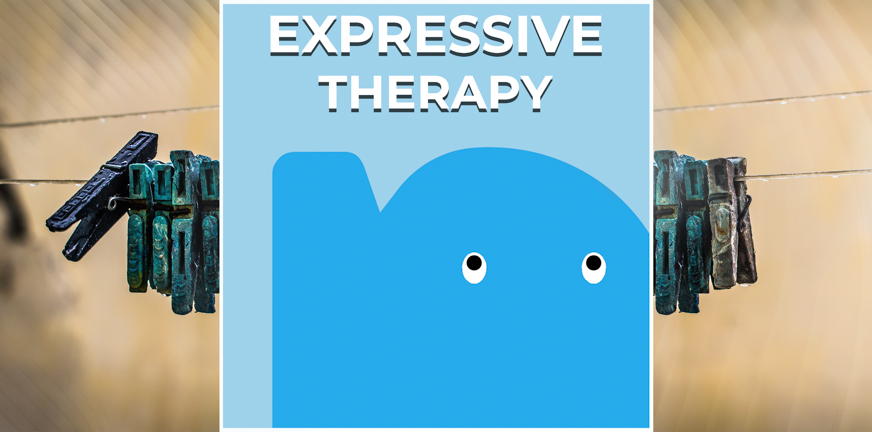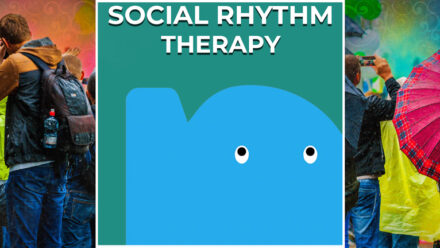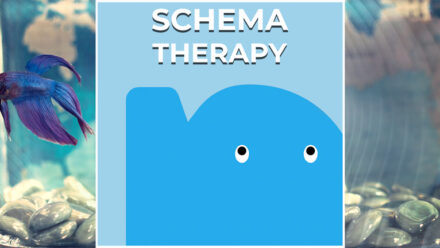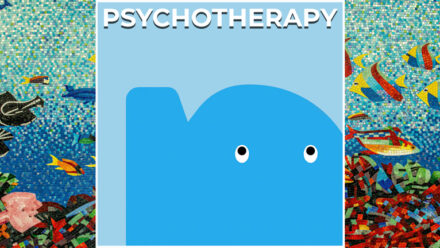
Expressive therapy, also known as creative therapy, is an umbrella term. It includes drama therapy, art therapy, music therapy, psychomotor (‘movement’) therapy and dance therapy. All of these types focus on activities and experiencing.
Expressive therapy can be used as (an additional) treatment for people who have a psychological vulnerability. Examples are anxiety issues, trauma, a negative self-image, personality disorders, depression or trouble dealing with negative emotions. Expressive therapy can also be part of treatment for psychotic vulnerability. The expressive activities can be done individually or in a group.
Working from experience
Central to all these types of expressive treatment is the idea that activities can lead to a deeper understanding of your thoughts and feelings. This is called experience-based working. It’s a way to bring subjects out in the open that are difficult to discuss normally. The underlying thought is that the therapist must be skilled in the activity (e.g. drama, painting, music, sports) and know how to use it therapeutically. That means that clients do not need to be good painters, athletes or musicians themselves to benefit from expressive therapy. Simply experiencing the creative process is enough.
In art therapy, for example, various materials can be used for expression, such as pencil and paper, paint, clay or wood. Each material has its own unique qualities. Painting with charcoal is different than with water paint, and crafting with clay is a different experience than with paper. The art therapist will help you seek the most fitting method for you to get you into the therapeutic process.
Psychomotor therapy
With psychomotor therapy, you try to focus and be aware of your own bodily experiences. Are you tense or relaxed? You focus on your way of movement, your bodily language, breathing, etc. while doing sports or exercises such as relaxation techniques. Running therapy can also be part of psychomotor therapy.
More information about expressive therapy and its creative forms is available at Healthline.com.
Example of expressive therapy
Christine is struggling with anxiety and sleeping issues. Six months ago, she also went through psychosis. Christine finds it difficult to talk about her fears. She feels lots of emotions, but cannot find the right words for the,. The art therapist assists Christine in making a landscape that expresses her emotions. They get to work with pastel chalk and a large sheet of paper. When the drawing is finished, she talks about her creation with the therapist. Christine now has a clearer picture of what her fears are about, and now is able to tell about them.
Example of psychomotor therapy
Inez is staying at the psychiatric ward of a general hospital because she has been feeling very restless and depressed. In addition to the regular therapeutic talks and medication, she has also joined the psychomotor therapy (PMT) sessions. Together with other patients, they have a weekly jogging club with a psychomotor therapist as guide. This therapist helps Inez with making a training schedule that fits her current level. They notice quickly that Inez tends to cross her limits during the exercises. She wants to run faster than she actually can and thus exhausts herself too much. The therapist helps Inez to better maintain her energy, to recognize the feeling of being tired and how to slow down a bit. This not only helps Inez when running; she is also more aware of her energy levels during other activities.




